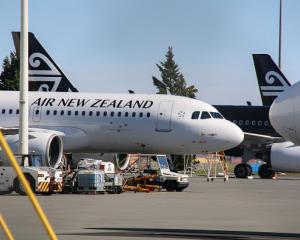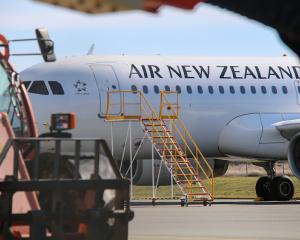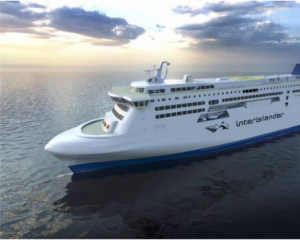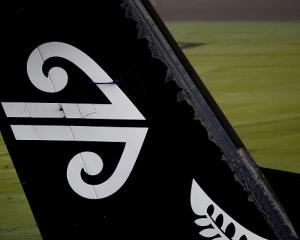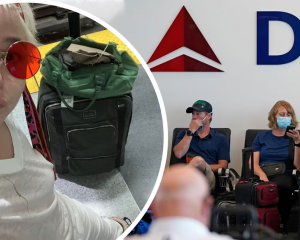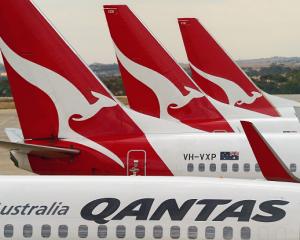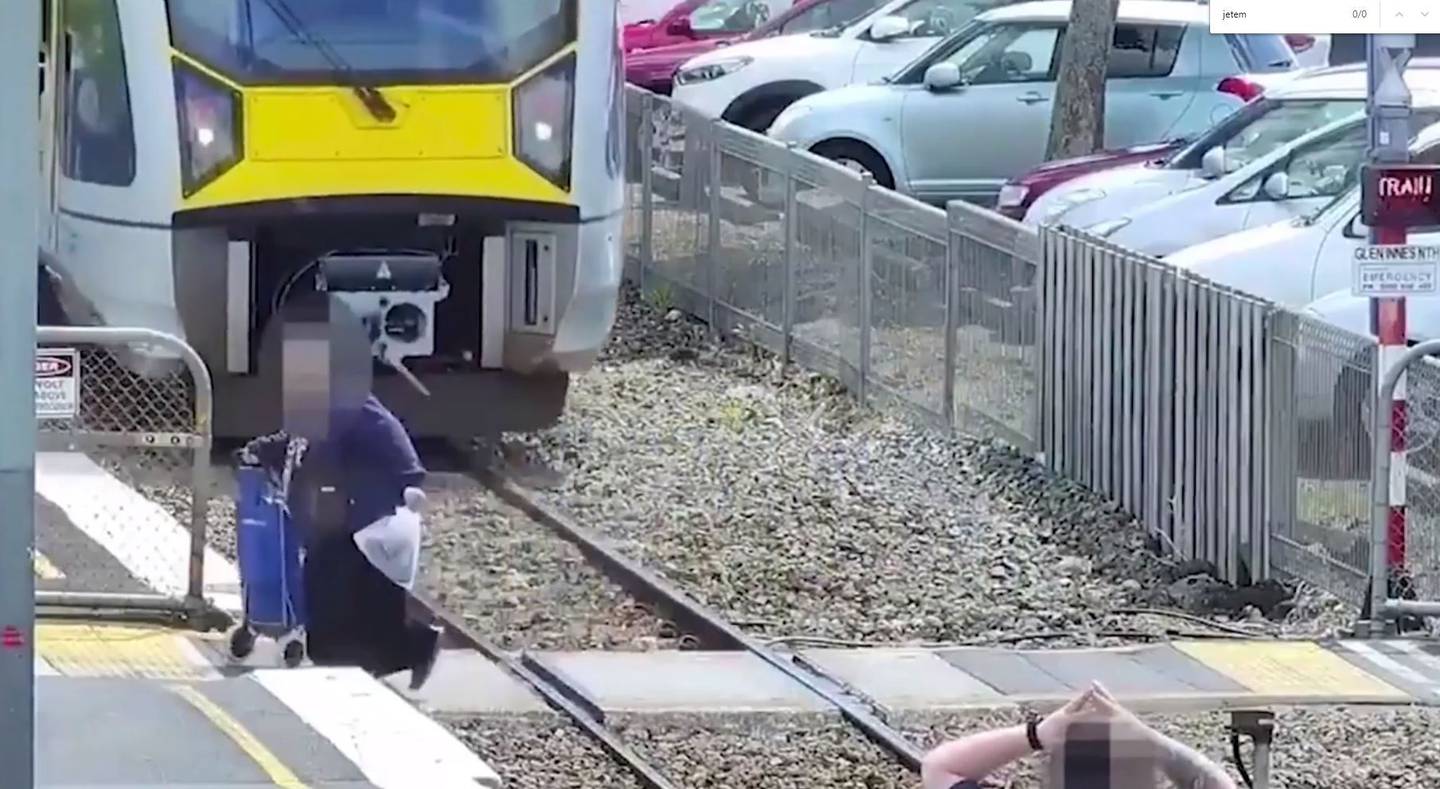
On average, a New Zealand train driver will experience a near miss every day, according to KiwiRail.
In total, there have been 323 near misses with trains at railway crossings involving cars and pedestrians, according to Rail Safety Week campaign website nearmisses.co.nz.
At public level crossings, there have been 12 collisions and 191 near misses in the past 12 months to June 30 - with the majority involving light vehicles.
To reflect on theses statistics, Kiwirail has shared a video which features a variety of near misses caught on CCTV.
Each incident has been turned into a near-miss memorial at the corresponding train station.
The memorials feature half crosses with barcodes on them, which allow people to scan and watch the harrowing footage.
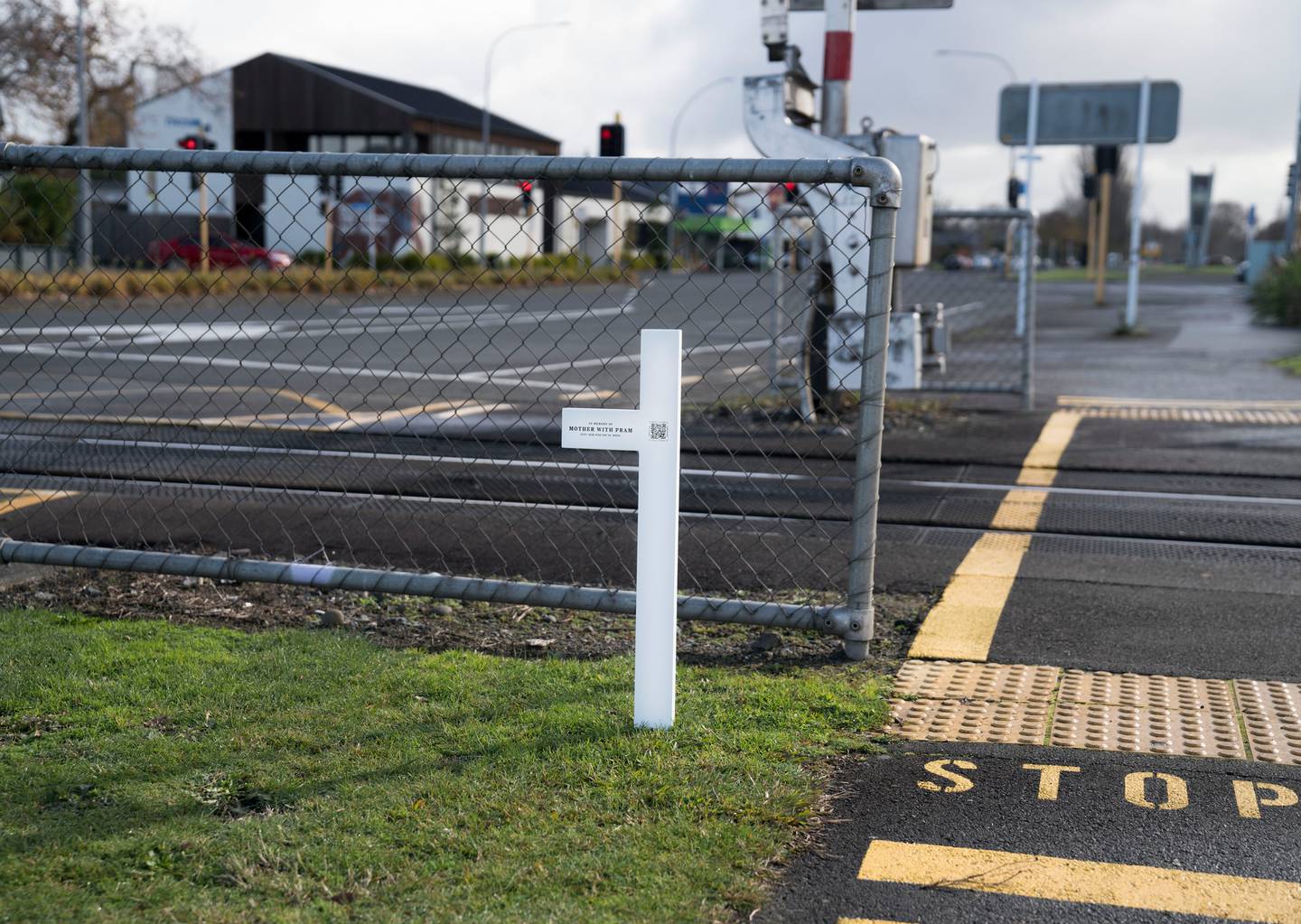
The other videos continue to follow a similar pattern, with adults, kids, cyclists and drivers crossing the tracks with a moment to spare.
Locomotive engineer Jeremy also speaks about his experience with near misses in the campaign video.
"Just think when you run in front of a train, there's someone in there who has to deal with that and try deal with the effects of it," Jeremy said.
"It's a real sort of heart-in-your-mouth scenario. It's someone making a split-second decision and not really thinking about the effect it's going to have on others."
KiwiRail Group chief executive Greg Miller said while people might walk or drive away after a near miss, these split-second decisions can cause long-term effects for everyone.
"People are risking their lives and just one second of inattention at a railway crossing can create a circle of trauma rippling outwards – impacting friends and families, our drivers and the community.
"A freight train weighing 1000 tonnes across 30 wagons can take a kilometre to come to a stop once the brakes are applied. It also takes time for the commuter trains in Auckland and Wellington to stop.
"Quite often our locomotive engineers know how it's going to turn out. They sound the horn, hit the emergency brakes and, often, hit the floor and get behind a safety block.
"They are hoping that against all the odds the person or vehicle will get out of the way in time, and that this won't become one of the worst days of their lives."
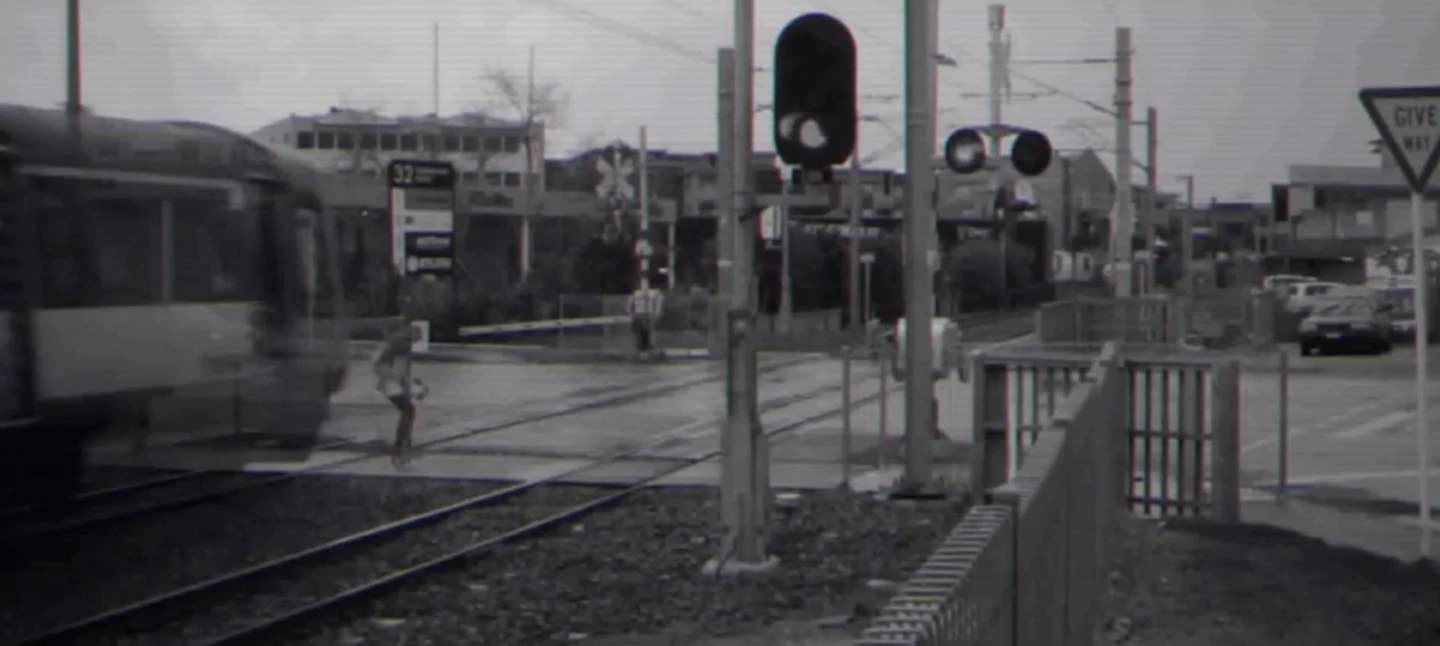
"It's likely the Covid-19 lockdown has played a part in the drop, as between late March and June near misses halved at level crossings compared with the same time last year.
"However, it's not just people and vehicles involved in near misses. Last year there were more than 200 near misses involving livestock in the rail corridor. This is highly distressing for the animals and can be too for the farmers who take care of them."
TrackSAFE NZ Foundation Manager Megan Drayton has also called on people to take greater care when crossing the railway line.
"In the last 12 months, KiwiRail recorded more than 300 near misses across the rail network. Of these, 191 near misses occurred at public level crossings and the majority of those crossings had flashing lights and bells or barrier arms.
"This shows us that even with warning signs and protections in place, some motorists and pedestrians are still either being complacent, or taking unnecessary risks.
"For this year's campaign, we're sharing stories of locomotive engineers who have experienced a near miss that's been caught on camera. It's a chance for people to hear the drivers' stories and to put themselves in their position.
"We've set up a campaign website where people can explore near-miss memorials, which are locations where there's be a recorded near miss, mostly at level crossings.
"These near misses are represented by a thought-provoking half cross 'memorial' to show the severity of what could have happened and that these people narrowly avoided a serious or fatal collision."
The week-long campaign is coordinated by KiwiRail and TrackSAFE NZ in close partnership with Waka Kotahi NZ Transport Agency, NZ Police, Auckland Transport, Transdev Auckland, Greater Wellington Regional Council, Transdev Wellington and many other councils throughout New Zealand.
Rail safety advice
• Cross with care – trains can arrive at any time from either direction.
• If you're driving, obey the warning signs and look carefully in both directions for trains.
• Listen, be aware and pay careful attention to your surroundings.
• Trains can approach faster than you think, and can be quiet. They are heavy and cannot stop quickly.
• Always ensure there is space on the other side of the crossing for your vehicle before crossing the tracks.
• If you're on foot, only cross at a formed level crossing or an overpass or underpass.
• Remove your headphones, stop and always look both ways for trains before crossing the tracks.
• Only cross if you are sure there are no trains in sight.
• Obey the warning signs at the crossing – if lights are flashing or bells are ringing this means a train is approaching.
• If a train has passed or is stopped at the station, always check both ways again to make sure another train is not coming. Two tracks may mean there is a second train.





